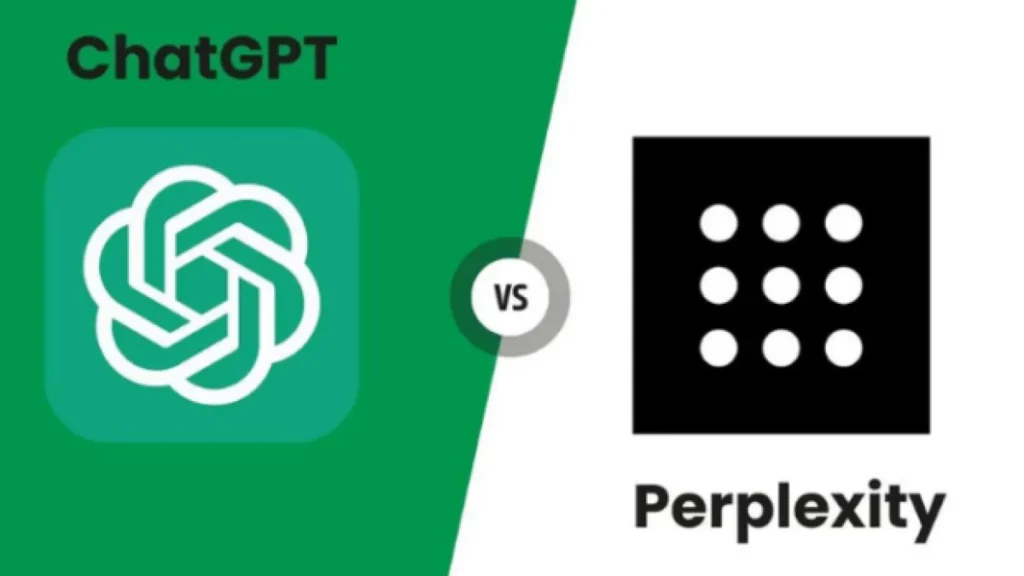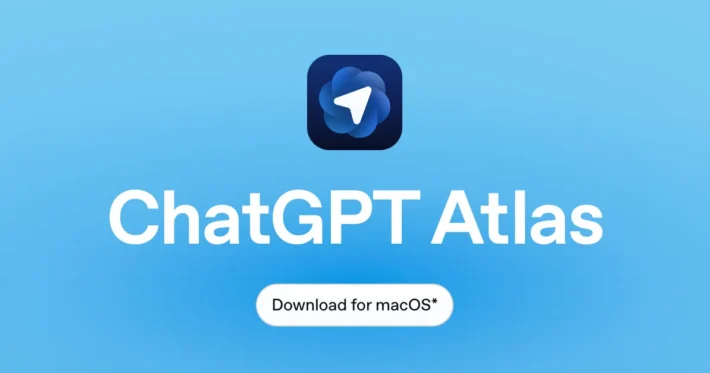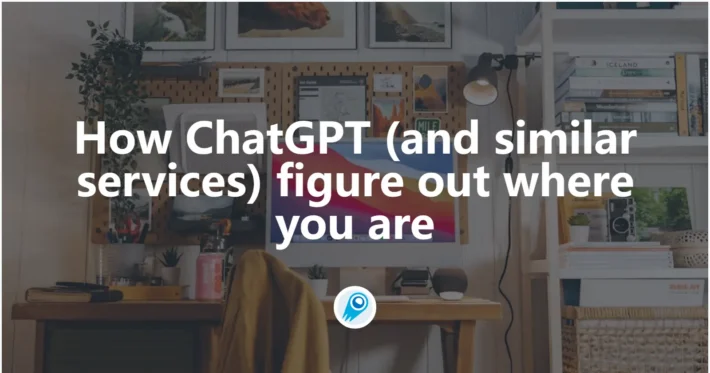Perplexity AI vs ChatGPT: Which is Better

Perplexity AI and ChatGPT have rapidly become two of the most talked‑about AI tools in 2025. Perplexity, originally conceived as an AI‑powered search assistant, has evolved into a multifaceted platform—adding new browsing capabilities, in‑house models, and strategic partnerships—while ChatGPT, the conversational agent from OpenAI, continues to expand its feature set toward agentic autonomy and multimodal comprehension. As competition intensifies, many professionals and enterprises are asking: Is Perplexity better than ChatGPT? This in‑depth article synthesizes the latest news, expert analyses, and real‑world tests to compare these platforms across architecture, features, integrations, user perception, and use‑case fit—culminating in an evidence‑based assessment of their relative strengths as of July 28, 2025.
What is Perplexity AI, and how does it work?
Perplexity AI distinguishes itself by functioning less like a traditional chatbot and more like a dynamically updated search engine. Rather than relying solely on pre‑trained internal datasets, it performs real‑time web searches to construct its answers, complete with clearly marked citations that enable users to verify sources instantly. This “show your work” approach has resonated strongly with professionals—particularly researchers, journalists, and students—who require accuracy and traceability in their AI‑generated outputs .
Transparency and real‑time sourcing
Perplexity’s core differentiator lies in its transparent sourcing. Every response includes hyperlinks back to the originating web pages, allowing users to drill down into full context, assess credibility, and detect potential biases or errors. This model contrasts sharply with many generative AI systems, which may provide plausible but unverifiable outputs due to fixed knowledge cutoffs.
The Comet browser and “sidecar” integration
Beyond its standalone chat interface, Perplexity has ventured into the web‑browsing space with Comet—a Chromium‑introduced July 2025,based browser featuring an embedded AI “sidecar”. This integration allows users to request summaries, automate workflows, and manage communications directly within their browsing session, all while preserving client‑side data privacy. Although still in beta, Comet hints at a future where AI augments browsing at the operating‑system level.
What is ChatGPT, and how does it operate?
ChatGPT, developed by OpenAI, rose to prominence through its human‑like conversational capabilities, powered by large language models such as GPT‑4. Unlike Perplexity’s search‑centric approach, ChatGPT excels at sustained dialogues, context retention, and creative text generation, making it particularly adept for narrative tasks, brainstorming, and code assistance.
Conversational interface and AI Agents
On July 17, 2025, OpenAI has recently introduced ChatGPT Agents—autonomous chatbots that can navigate the web, complete tasks, and interact with other services via a virtual browser embedded in the user’s own browser . In practice, however, these Agents remain nascent: users have reported misclicks, inconsistent content restrictions, and outputs that feel “hauntingly” detached from genuine understanding . Such glitches underscore the complexity of endowing AI with reliable web‑navigation capabilities.
Integration and ecosystem
ChatGPT’s strength also arises from its growing ecosystem: APIs for developers, plug‑ins for content management systems, and integrations with productivity tools. Its subscription offering, ChatGPT Plus, grants priority access to new features—such as voice interaction powered by Whisper—and extended context windows that enhance multi‑turn conversations.
GPT‑5 Rumors
Rumors of GPT‑5’s imminent release have intensified. Leaks referencing “GPT‑5 Reasoning Alpha” and confirmation from engineer Tibor Blaho suggest that OpenAI is testing advanced multimodal and reasoning capabilities, with a potential launch as soon as August 2025 . Expected improvements include a million‑token context window, enhanced long‐term memory, and unified audio‑visual understanding.
How do Perplexity Pro and ChatGPT Plus compare in features and pricing?
Both platforms offer premium tiers aimed at professional and enterprise users, but they diverge significantly in their feature sets and monetization strategies.
Pricing models
Perplexity Pro follows a usage‑based pricing scheme where high‑value prompts incur incremental costs, reflecting the compute‑intensive nature of real‑time querying and citations (The Verge). ChatGPT Plus, by contrast, charges a flat monthly fee (currently USD 20), providing access to GPT‑4 and priority response times without per‑query surcharges.
Feature comparisons
| Feature | Perplexity Pro | ChatGPT Plus |
|---|---|---|
| Real‑time web search | Yes, with source citations | Limited; browsing via separate plug‑ins |
| Conversation depth | Structured, concise answers | Rich, multi‑turn dialogue |
| Context window | Moderate | Extended (up to 32K tokens) |
| Voice interaction | No | Yes, via Whisper integration |
| Workflow automation | Embedded in Comet browser | Via external APIs and Agents |
Which tool offers more accurate and verifiable information?
Accuracy and verifiability are paramount for research‑oriented use cases, and here Perplexity holds a clear advantage.
Source citations versus knowledge cutoffs
Perplexity’s insistence on linking every factual assertion back to live web pages ensures that users can cross‑check information against current events, academic publications, or primary documents (The . ChatGPT, in contrast, operates with a static knowledge cutoff (typically September 2021) unless supplemented by specialized browsing plug‑ins, leading to potential blind spots for post‑cutoff developments .
Quantifiable outputs and structured responses
Analysts at eWeek report that Perplexity excels at delivering “quantifiable results” and structured summaries, ideal for data‑driven tasks such as market analysis or literature reviews (eWEEK). Although ChatGPT can emulate structured formats, its reliance on internal representations sometimes yields approximate rather than precise figures.
Which tool excels in conversational and creative tasks?
For tasks demanding nuance, empathy, or creative flair, ChatGPT remains the gold standard.
Dialogue depth and context retention
Users overwhelmingly praise ChatGPT’s ability to sustain complex, multi‑turn conversations that feel natural and intuitive. Its extended context windows enable references to earlier messages, fostering coherent dialogues over hundreds of messages . Perplexity’s responses, while accurate, are intentionally concise and may lack the conversational glue necessary for brainstorming sessions or narrative construction.
Creativity and content generation
Whether drafting marketing copy, composing poetry, or refactoring code, ChatGPT’s generative prowess shines. Its underlying models have been fine‑tuned on diverse text corpora, granting it a facility for stylistic variation and creative analogies that Perplexity’s search‑driven design does not prioritize .
What are the ideal use cases for Perplexity and ChatGPT?
Determining which AI assistant is “better” hinges on specific workflows and user goals.
Research and journalism
Perplexity’s transparent sourcing, real‑time data retrieval, and structured answers make it the preferred choice for journalists vetting sources, academics conducting literature reviews, and analysts compiling up‑to‐the‐minute reports .
Content creation and developer support
ChatGPT’s conversational depth and creative flexibility render it indispensable for content marketers, novelists, and software engineers seeking on‑demand problem solving and ideation . Its expansive context window also empowers it to assist with long‑form writing and code walkthroughs.
How Do Performance and User Experience Compare?
Speed and Accuracy
- Perplexity AI: Specializes in fact‐based responses sourced from the live web. Its strength lies in rapidly retrieving and synthesizing current information with citations, making it ideal for up‑to‑date research.
- ChatGPT: Excels at generating coherent, contextually rich dialogue and content, with a robust conversational memory that spans sessions for Pro users. However, it can hallucinate factual details if not coupled with up‐to‑date retrieval mechanisms.
Recent benchmarks hint that Perplexity’s citation‑driven approach yields higher factual accuracy (over 90% on standard QA datasets), while ChatGPT maintains faster generative throughput and broader creative ability.
Context Window and Multimodality
- Perplexity Assistant: Offers a context window sufficient for multi‐step tasks across apps, but remains primarily text‑focused.
- ChatGPT (GPT‑4.5/4): Supports images and code, with upcoming GPT‑5 likely extending to video and audio. The enhanced multimodal context positions ChatGPT for complex workflows in design, coding, and analysis .
Is Perplexity better than ChatGPT?
Determining “better” depends on context:
- For rapid, citation‑driven research, Perplexity’s speed, in‑line sourcing, and specialized models make it the stronger choice.
- For creative, agentic, and multimodal tasks, ChatGPT’s evolving capabilities—especially with the imminent GPT‑5 release and the ChatGPT Agents architecture—position it as the more versatile assistant.
Looking ahead, the lines will continue to blur:
Perplexity’s ecosystem expansion (Samsung talks, Comet extensions, potential Pro tier) may strengthen its foothold in specialized verticals .
GPT‑5’s expected performance leaps in reasoning and multimodality could narrow or even invert the speed‑vs‑depth trade‑off .
Getting Started
CometAPI is a unified API platform that aggregates over 500 AI models from leading providers—such as OpenAI’s GPT series, Google’s Gemini, Anthropic’s Claude, Midjourney, Suno, and more—into a single, developer-friendly interface. By offering consistent authentication, request formatting, and response handling, CometAPI dramatically simplifies the integration of AI capabilities into your applications. Whether you’re building chatbots, image generators, music composers, or data‐driven analytics pipelines, CometAPI lets you iterate faster, control costs, and remain vendor-agnostic—all while tapping into the latest breakthroughs across the AI ecosystem.
Developers can access O4-Mini API ,O3 API and GPT-4.1 API through CometAPI, the latest models version listed are as of the article’s publication date. To begin, explore the model’s capabilities in the Playground and consult the API guide for detailed instructions. Before accessing, please make sure you have logged in to CometAPI and obtained the API key. CometAPI offer a price far lower than the official price to help you integrate.
Conclusion
Perplexity and ChatGPT each excel in distinct domains. Perplexity’s transparent, citation‑backed answers and browser‑integrated Comet sidecar make it the superior choice for accuracy‑driven research and real‑time information retrieval. ChatGPT’s conversational depth, creative generation capabilities, and broad ecosystem integrations position it as the go‑to assistant for narrative tasks, ideation, and task automation. Rather than asking “Is Perplexity better than ChatGPT?” it is more constructive to assess which tool aligns with your primary objectives:
- Choose Perplexity if your priority is verifiable, up‑to‑date information with source transparency.
- Choose ChatGPT if you require sustained dialogues, creative content generation, or integrated automation across diverse applications.
Ultimately, the converging roadmaps of both platforms suggest that future iterations may blend the best of both worlds: transparent, real‑time sourcing with deep conversational fluency. Until then, the optimal AI assistant depends on whether you value traceability and structured accuracy or conversational agility and creative power.



